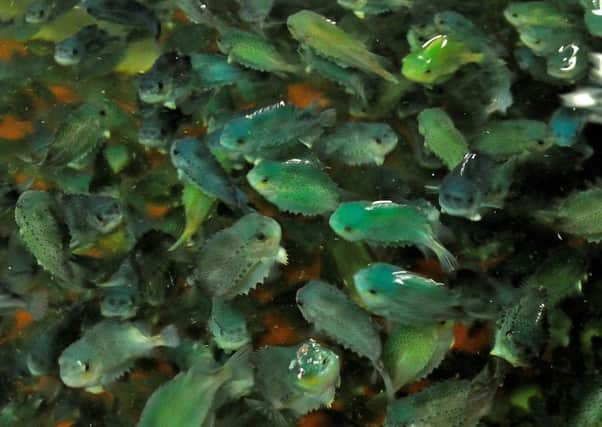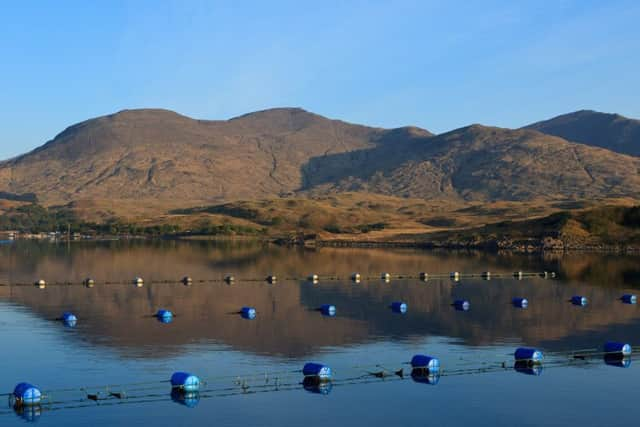‘Cleaner fish’ projects get £2.9m funding boost


Led by the Scottish Aquaculture Innovation Centre (SAIC), the research will focus on lumpsuckers, a species that eats sea lice, a parasite that feeds on both wild and farmed salmon.
Salmon is Scotland’s largest food export, with overseas sales valued at £500m, and demand in the industry for species such as wrasse and lumpsuckers is high, due to research demonstrating their success in sea lice control.
Advertisement
Hide AdAdvertisement
Hide AdThe SAIC has awarded a grant worth £817,473 to a project – valued at £2.44m in total – that aims to establish a secure and sustainable supply of lumpfish for Scottish salmon farms. Other contributions are coming from five commercial partners – Benchmark Animal Health, BioMar, Marine Harvest Scotland, Otter Ferry Seafish and The Scottish Salmon Company – as well as the University of Stirling. Heading the research will be a team from the university’s Institute of Aquaculture.


The second project, again conducted by the Institute of Aquaculture, aims to improve the welfare of lumpfish deployed in Scottish salmon farms, through a detailed analysis of the challenges facing them when they are raised in hatcheries and deployed in salmon pens. SAIC has awarded a grant worth £120,680 to the £475,851 project. Along with the University of Stirling, it involves six commercial partners – Cooke Aquaculture, Grieg Seafood Shetland, FAI Aquaculture, Fish Vet Group, The Scottish Salmon Company and Scottish Sea Farms.
SAIC chief executive Heather Jones said: “The commercial use of cleaner fish has been identified as one of the most promising ways to address sea lice control in the Scottish salmon industry.
“By investing in and accelerating projects like these, which meet the needs of the industry, we aim to increase the productivity and sustainability of salmon farms across the nation. These projects bring together the best academic and industry expertise to drive innovation forwards.”
The SAIC’s latest projects follow its award of £117,000 in August to Aqualife, a family-owned business based in Stirling, for a research project to develop new vaccination techniques aimed at protecting wrasse and lumpfish.
The innovation centre has also announced a £1.9m trial, in conjunction with Highlands & Islands Enterprise, to test the commercial viability of a mussel hatchery in Scotland. The 30-month project could lead to higher productivity in the shellfish industry and support rural businesses and jobs.
Other key partners in the hatchery project include the Scottish Shellfish Marketing Group, the University of the Highlands & Islands and the Scottish Government.
Shellfish production supports more than 500 jobs across the supply chain in Scotland, many in rural areas. Mussel production in Scotland reached its highest-ever level in 2014, with Shetland accounting for almost 80 per cent of production.
Advertisement
Hide AdAdvertisement
Hide AdDeputy First Minister John Swinney said: “Scotland’s aquaculture industry makes a vital contribution to our economy. It generates economic activity in Scotland worth £1.86 billion every year and creates thousands of jobs in often very remote areas.
“The Scottish Government is fully supportive of the sustainable growth of aquaculture, underpinned by world-leading science, research and innovation, and the SAIC has a key role in proactively driving innovation.”